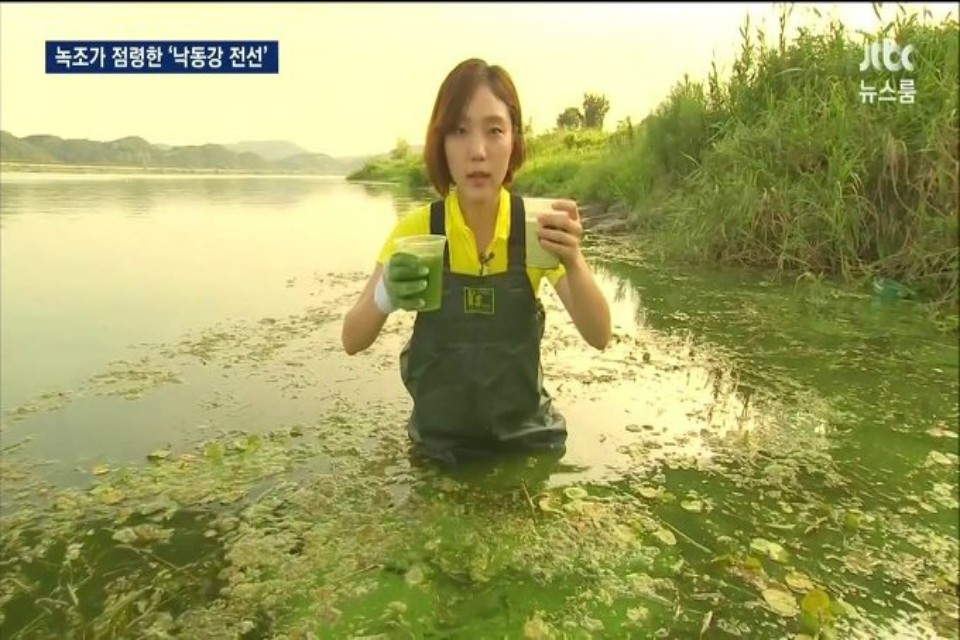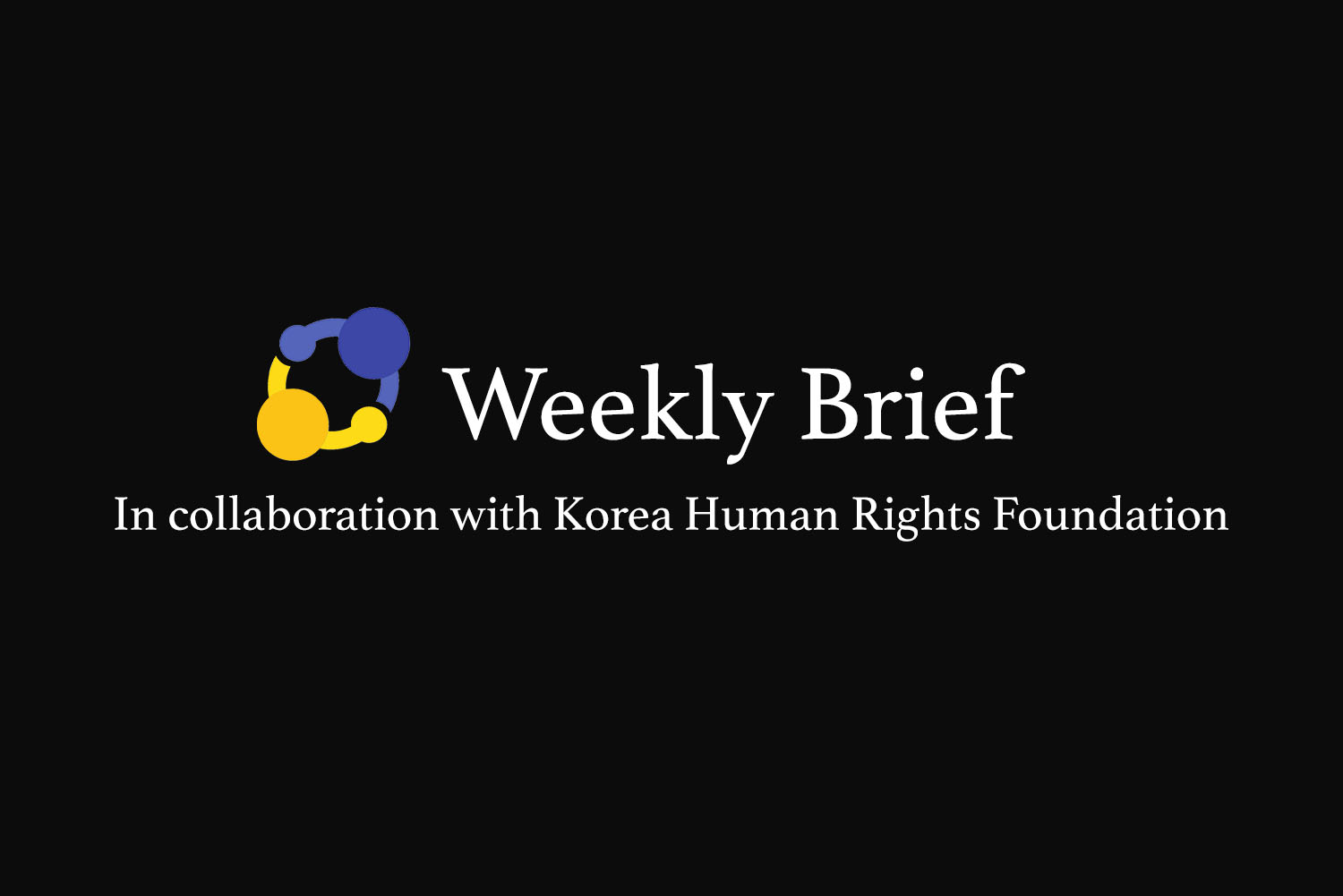
Four Rivers Project: Explained
President Moon Jae-in has been in office for less than two weeks, but he already has a considerable list of achievements.
He made radical appointments for his secretariat and cabinet, and elevated several women to positions of prominence. He ordered the abolition of the much-hated history textbooks, championed by Park Geun-hye, that critics accused of promoting right-wing historiography. Moon also made waves at the official commemoration of the May 18 Gwangju Incident last week, where he comforted family members of the victims.
Now South Korean media are reporting that one of Moon’s priorities in the coming days will be investigating the Four Major Rivers Project. If it is true, the decision to reexamine the project, which dates back to the Lee Myung-bak administration, will have a major impact on domestic politics, not to mention the construction industry that carried out the deed.
What is the Four Major Rivers Project?
When conservative candidate Lee Myung-bak was running for presidency in 2007, he made a pledge to build a grand canal spanning the country. When that idea encountered criticisms from the opposition and civic groups, Lee, elected in December that year, instead proposed “refurbishing” or “revitalizing” the country’s four major rivers: the Han River, Geum River, Nakdong River and the Yeongsan River.
To justify the project, the government argued that it would prevent floods, secure water supply, improve water quality, create recreational areas and contribute to economic development of the regions that surround the rivers.
Designated an official project of the state, the construction work on the rivers lasted more than two years from 2009 to 2011 and cost taxpayers some 22 trillion won (approx. 20 billion U.S dollars).
In real terms, the project encompassed building dykes and dams on the rivers, digging up riverbed and lining the rivers in concrete.
What Is the Controversy?
Many have raised questions about the project’s effectiveness in preventing floods or helping with droughts.
The water quality has also plummeted on the four rivers, with the Nakdong in particular being the worst afflicted. In summer the Nakdong River is routinely covered in algae blooms of such intensity that the media have dubbed the phenomenon “green algae latte.”
The project also destroyed key natural habitats, endangering many native species of plants and animals.
Attention is also on how the money was spent. Lee led Hyundai Engineering and Construction before entering politics, and the project saw the participation of all major construction firms in South Korea, prompting charges of collusion between the state and businesses. Some dispute the official accounting of the expenses and demand that a separate investigation be conducted to trace the money, some of which have been used allegedly to pay for kickbacks to government officials.
What Are the Potential Fallouts of an Investigation?
An inquiry has potential to ensnare former president Lee and his followers. Until now he has been comfortably retired thanks to having a fellow conservative succeed him as president. But with Moon in power, some commentators believe Lee might face the same fate that seems to commonly befall former South Korean presidents — a criminal inquiry, possibly followed by a jail term.
The construction industry is also on edge. An investigation during Park Geun-hye’s tenure found that firms had divided the project among themselves through price-fixing and bid-rigging. While they paid fines as a result, a new investigation could uncover more wrongdoings that did not come to light under the Park presidency.
Then there is the issue of what to do about the four rivers themselves. Even before Lee came to power, the South Korean government was keen to regulate the rivers for the sake of reducing flooding and providing reliable water supply to the industries and farmers nearby. The Four Major Rivers Project has been deemed a failure by many, but what is the next step?
Environmentalists advocate returning the rivers to the natural state, but it would mean first removing all the artificial structures put in place under Lee (not to mentions the ones that predate his presidency) at an enormous expense.
Cover image: A reporter holds up cupfuls of the “green algae latte” from Nakdong River. (Source: JTBC)

